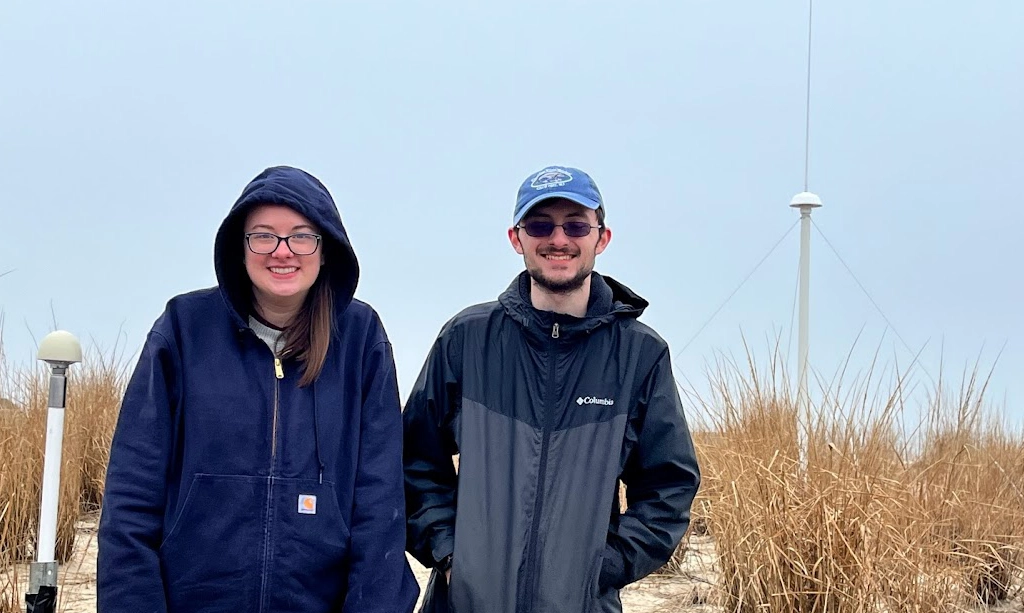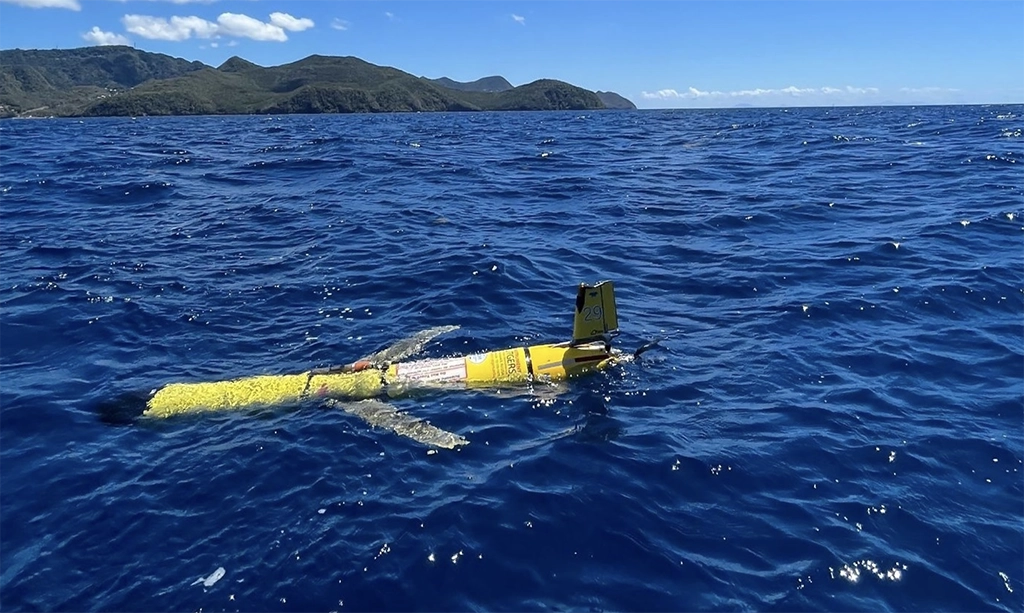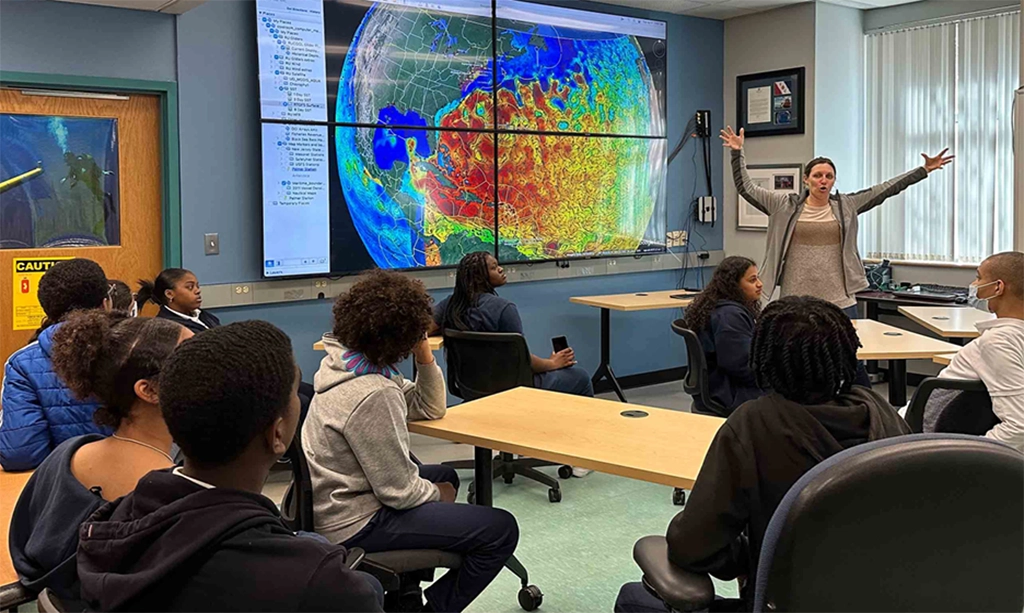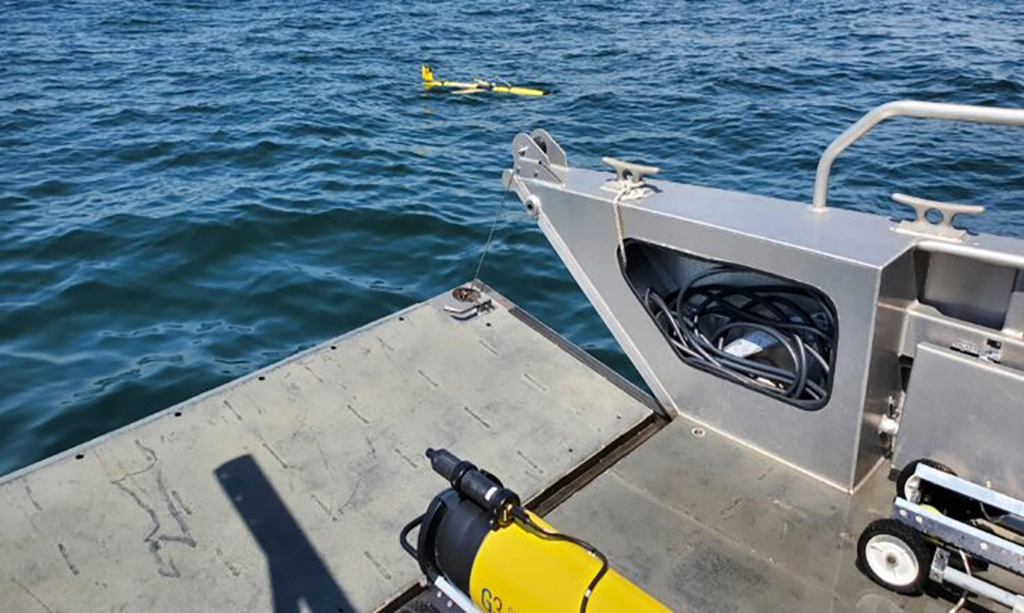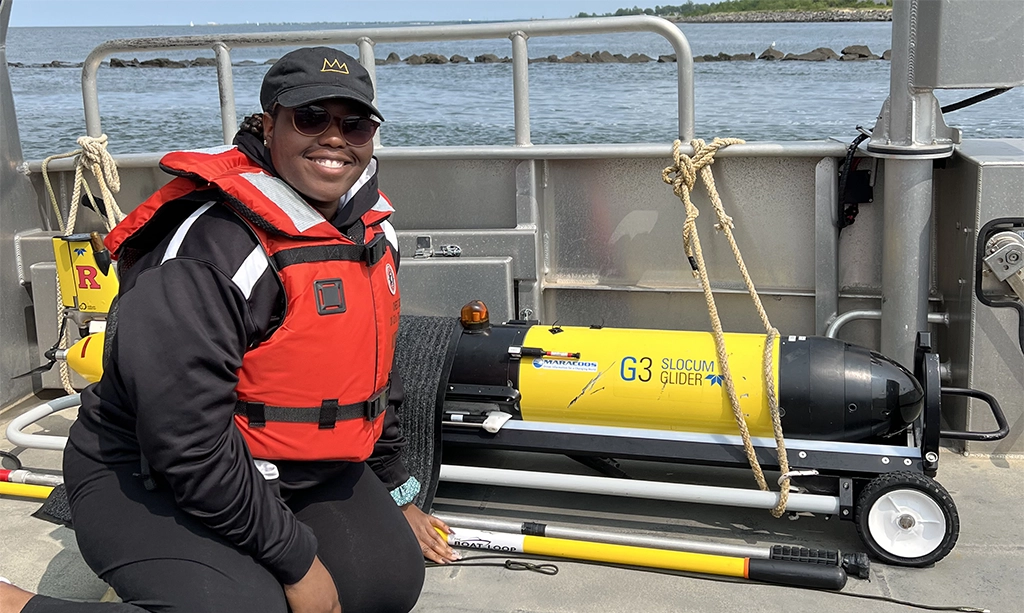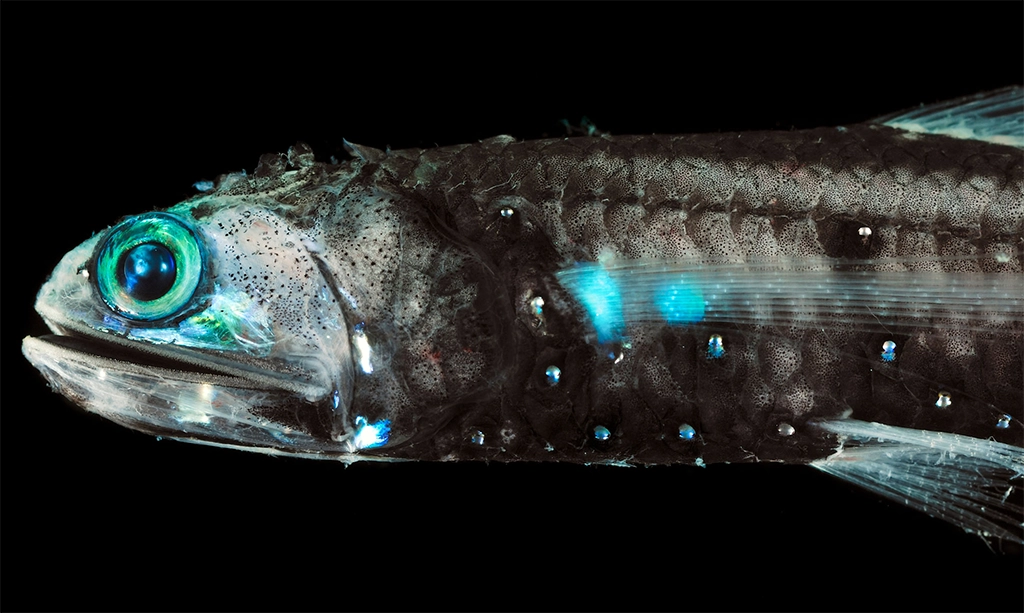Students from the RUCOOL Masters in Operational Oceanography installed and configured a 5 MHz High Frequency radar in Sea Bright, NJ this past week
Students from the RUCOOL Masters in Operational Oceanography installed and configured a 5 MHz High Frequency radar in Sea Bright, NJ this past week. The students installed the SeaSonde radar…

